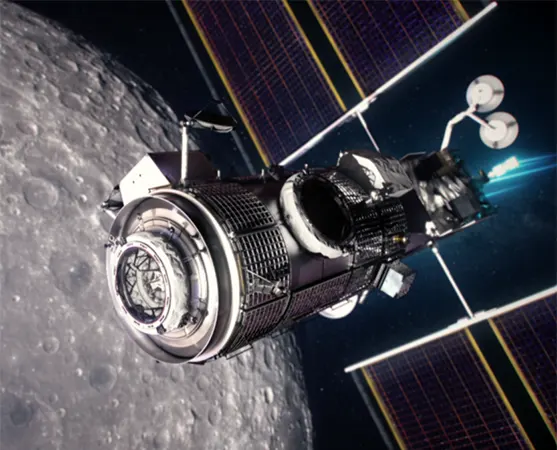
NASA is planning a significant change to its core Flight System (cFS). It is software that has formed the backbone of the agency’s operations for two decades now.
The government version of NASA cFS is to be launched around mid-2025, with new features that will include security, artificial intelligence, robotics, and autonomy capabilities for various space agency activities. It will then be offered to private companies involved in developing NASA’s instruments, payloads, rovers, landers, balloons, and uncrewed aircraft.
Thereafter, a new version of cFS open source will be released immediately after the government version. This software frame is the backbone of more than 40 projects.
The projects that span the range from small satellites to substantial programs like NASA’s Artemis program, lunar Gateway, Mars Sample Return, and the Roman Space Telescope.
According to Ashok Prajapati, cFS program manager at NASA’s Goddard Space Flight Center, the cFS itself has not undergone much change over the years. Thus, “the most widely used flight software framework across the continents.”
The programmers kept adding features to the codebase to meet their specific needs for their mission. Prajapati said, “The downside of that was mainstream cFS was not getting all those cool features. By implementing new features that multiple missions require simultaneously, we can save significant time and costs.”
In 2024, after taking the position of NASA cFS program manager, Prajapati organized a steering committee with representatives from NASA headquarters and its ten field centers.
This steering committee worked to create a three-year roadmap for NASA cFS 2.0, which, in essence, is being set up to provide ‘rich features’ to support all future missions. He said, “We collaborated to ensure we’re not duplicating efforts.”NASA cFS 2.0 will enable plug-and-play for in-space robotics, strengthened cybersecurity, distributed computing, spacecraft autonomy, and onboard machine learning, Prajapati told the team.
